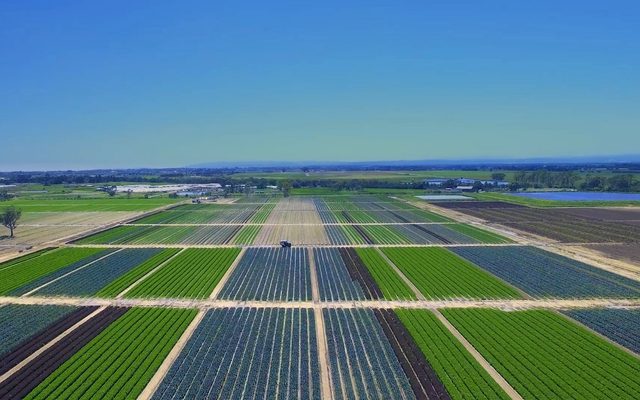This article is from the Australian Property Journal archive
AFFORDABILITY and serviceability constraints amid cost-of-living pressures are expected to keep land sale subdued in the short-term, after sales in the Melbourne and Geelong growth corridors fell by 6% in the September quarter, but there may be opportunities for savvy buyers.
The latest Greenfield Market Report from RPM shows lot sales fell to 2,023 lots during the period, and were down by 58% to 8,129 lots in annual terms.
The 13% rise in lot sales in the second quarter to 2,146 lots appears to have been a false start for a recovery.
Savvy buyers should prepare to capitalise on a sluggish market with developers looking to complete deals on new land sales in Victoria in the lead up to Christmas, according to RPM national managing director project marketing Luke Kelly.
“Developers have less than two months to shift the titled stock on their books which has led to a significant increase in incentives being offered to buy now, which are sitting in the range of 5% to 10% off the headline price,” Kelly said.
“It is not just the developers putting out these incentives – builders have joined the party as well, with the combination of developers and builders working in harmony to drive significant savings in the order of $50,000 or more for new purchasers.
“This means buyers in a financial position to purchase can capitalise on the incentives in the market. Some may not settle on their lot for 12 to 18 months when the cycle may have turned, meaning potential capital gains alongside a different interest rate environment.”
The median lot price rose by 1% the September to a new record of $389,000, although that figure does not include developer incentives.
Kelly said there is substantial unsold developer stock on market, which continues to grow.
“This coupled with existing stock from previous buyers selling land they can no longer build on due to difficulties in obtaining finance for construction has kept lot prices in check.
Prospective buyers continue to face a multitude of hurdles from reduced borrowing capacity – down by 30% from April last year – through to stubborn inflation and cost of living pressures, which are likely to see sales numbers remain suppressed for the remainder of 2023 and well into 2024.
New supply fell 17% over the September quarter to a new low of 1,538 lots, with the average time on market blowing out to five months.
Kelly said the June quarter’s gains had fluctuated due to a multitude of challenges facing buyers including affordability, a reduction in borrowing capacity, and the rising cost of living.
“Pressure on demand remains strong, however, due to persistent inflation and the latest increase to the cash rate this month, the market looks like it will remain subdued for some time.
Corridor market activity
Sales in the western growth corridor fell by 6% to 765 lots in the September quarter, a 33% drop from the same quarter last year, and the corridor’s total lot sales as a percentage of all growth corridors remained at a three-year low of 38%. New supply dropped by 22% to 611 lots, which is the lowest figure in 10 years, a result of developments focussing on absorbing current stock.
The median lot price and median lot size shrank slightly over the quarter to $385,000 and 350 sqm respectively. Owner occupiers made up an equal-lowest 59% of purchasers in the western corridor, with first-home buyers making up 68% of that figure.
The northern growth corridor accounted for one-third of gross lot sales across all corridors, down from a decade-long high of 35% in the June quarter. Sales fell by 11% to 664 lots while new supply was also down by 10% to 519 lots. The median lot price remained steady at $370,000, making the northern growth corridor an affordable option compared to the western and south eastern corridors. Owner occupiers made up 71% of purchasers, with slightly more than half being first-home buyers.
The south east corridor was the September quarter’s stand-out. Sales increased by 1% to 457 lots, largely centred in Casey. New lot supply grew by 18% while remaining low by historic averages. The median lot price, the most expensive of all the corridors, fell slightly by 1% to $435,000. Owner occupiers comprised 80% of all buyers with first-home buyers accounting for just over half despite the high price tag.
Sales remained low in the Geelong growth corridor. There were 137 sales for the quarter, which was a 1% increase, while the average time on market lifting to about five months. New supply fell sharply by 57% to a decade-long low 63 lots. Affordability is a key concern with submarkets such as Armstrong Creek now more expensive than many Melbourne areas.
Owner occupiers held a 59% share of buyers with Geelong taking the prize for the lowest proportion of first-home buyers – at just 41%.




